Try this 30-day flexibility plan with tips from Harry Styles' trainer
Boost your overall health, reduce pain and improve mobility with our expert-approved challenge


Being fit and healthy isn’t just about how many miles we can run or how many kilograms we can lift – it also comes down to our flexibility and range of motion.
Doing yoga (with one of our best yoga mats, naturally) is a great way to stay active and maintain your flexibility. Likewise, using one of the best foam rollers can also iron out tight and sore muscles. But this simple flexibility routine, performed regularly, can also drastically improve your range of motion, transforming your everyday life in the process.
‘Stretching plays a crucial role in our overall health, fitness and function, and it’s vital to keep muscles flexible, strong and healthy,’ says celebrity pilates instructor Gaby Noble, who teaches stars such as Harry Styles, Sadie Frost and Jools Oliver. Flexibility is key.
‘If your muscles aren’t flexible, the range of motion in your joints is reduced and your muscles become short and tight. This tightness can lead to aches, poor posture and balance, as well as difficulty with simple tasks, like household chores, getting out of bed and playing with your kids or grandchildren,’ explains Gaby.
This is how can you improve your flexibility and in turn, your quality of life:
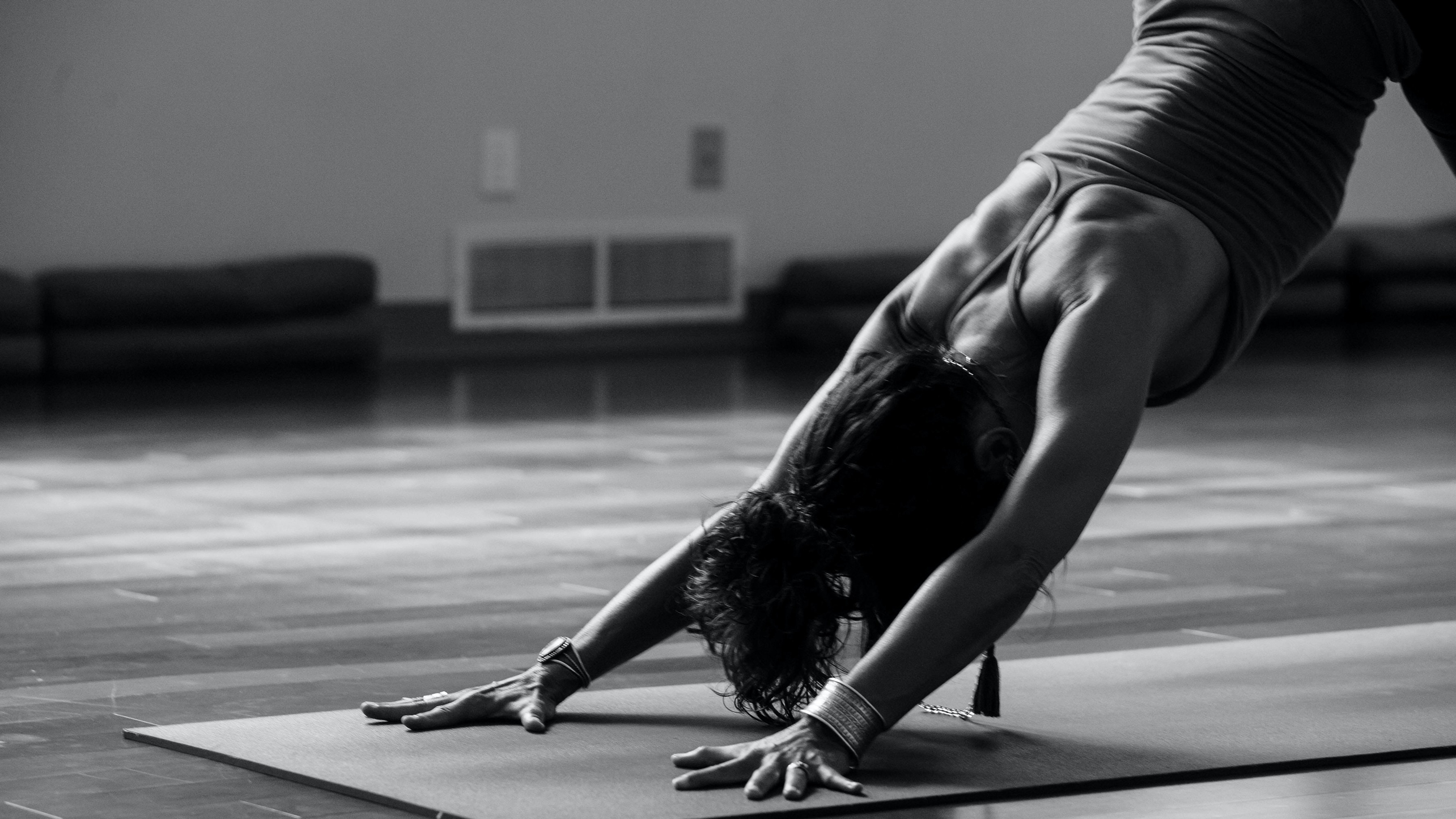
Flexibility and everyday activities
‘Most of us tend to do the same sort of activities every day, and whether that’s sitting at a desk, walking dogs, or teaching in a classroom, our movement patterns are restricted; they rarely put our joints through their full range of possible movements (aka “ROM”: range of motion),’ says personal trainer for The Training Room Liz Shaw.
‘Consider that our joints are essentially held together by a series of elastic bands (muscles and ligaments), and in order to remain healthy, the muscles need to both stretch and contract regularly, hence maintaining elasticity.’ If we don’t supplement our ‘typical’ movements with others, encouraging a greater ROM, this leads to stiffness and pain. In simple terms, this comes down to the old adage, ‘use it or lose it’.
Start your week with achievable workout ideas, health tips and wellbeing advice in your inbox.
Are bad habits reducing your range of motion?
Flexibility decreases as we age. Joint health can be maintained with some of the best supplements for joints, but the muscles themselves sometimes won't cooperate. Worried if you touch your toes you won’t come up? Us too! But the good news is, you can boost it. If done regularly, Gaby says we’ll notice a change in four to six weeks.
Overstretching can cause injuries like strains or even worse, tears, says Liz.
‘Trying to stretch a really tight muscle can cause the body’s neuromuscular system to fight against the stretch and tense up.’
This is an automatic reaction that your body uses to stop it from damaging itself. ‘If you have tight muscles, particularly if they’ve been this way for a long time, more gentle stretches can help,’ says Liz. ‘If done over a long period of time and progressing slowly, it allows the neuromuscular system to adapt to the new length.’
Spending too much time in one position will reduce flexibility: sitting at a desk, driving, or standing for long periods of time each encourages joints and muscles to “set” in one position. It’s also important to be aware of other positions we may ‘overuse’.
‘For example, if you walk, run and/or cycle a lot, although you’re improving various aspects of health, you are actually only putting your legs through one plane of motion – working them forwards and backwards within the hip socket.’
This socket is capable of many other movements also (for example the leg can rotate inwards and outwards). ‘If we aren’t encouraging it to do so, again, we’re risking reduced flexibility in those additional planes,’ says Liz. ‘This is why it is so beneficial to complement any sport or workout you do regularly with practices such as yoga or Pilates, which by nature encourage movement through all those additional planes.’
Your supple-inducing yoga moves explained
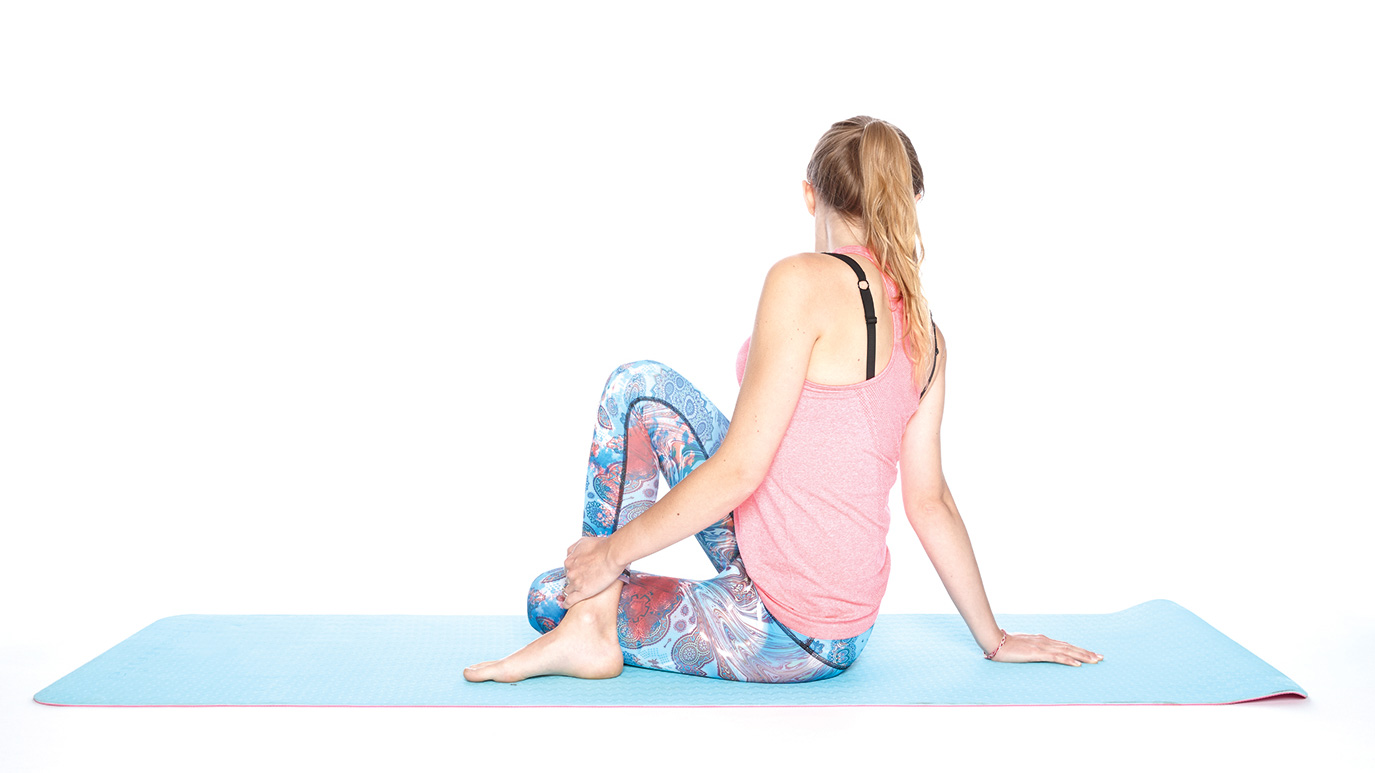
1. Spinal Twist 1 (hand resting variation
Bend your right knee and place right foot outside left knee. Place right hand behind you, inhale, lift chest, then exhale and turn your upper body to the right. Hold your right knee with left hand. Repeat on the other side.
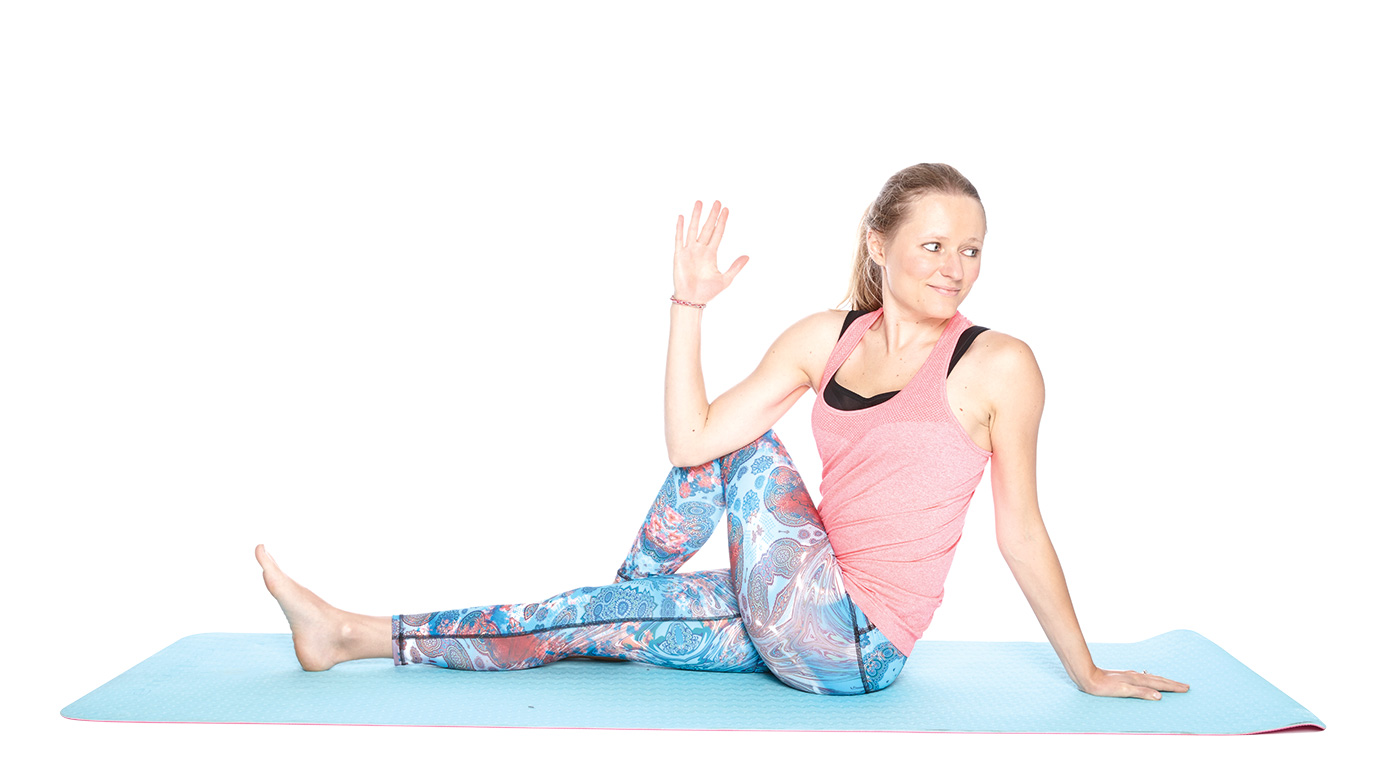
2. Spinal twist 2 (elbow variation)
As above, but bring left elbow to outer side of right knee. Switch sides and bring right elbow to outer side of left knee, as here.
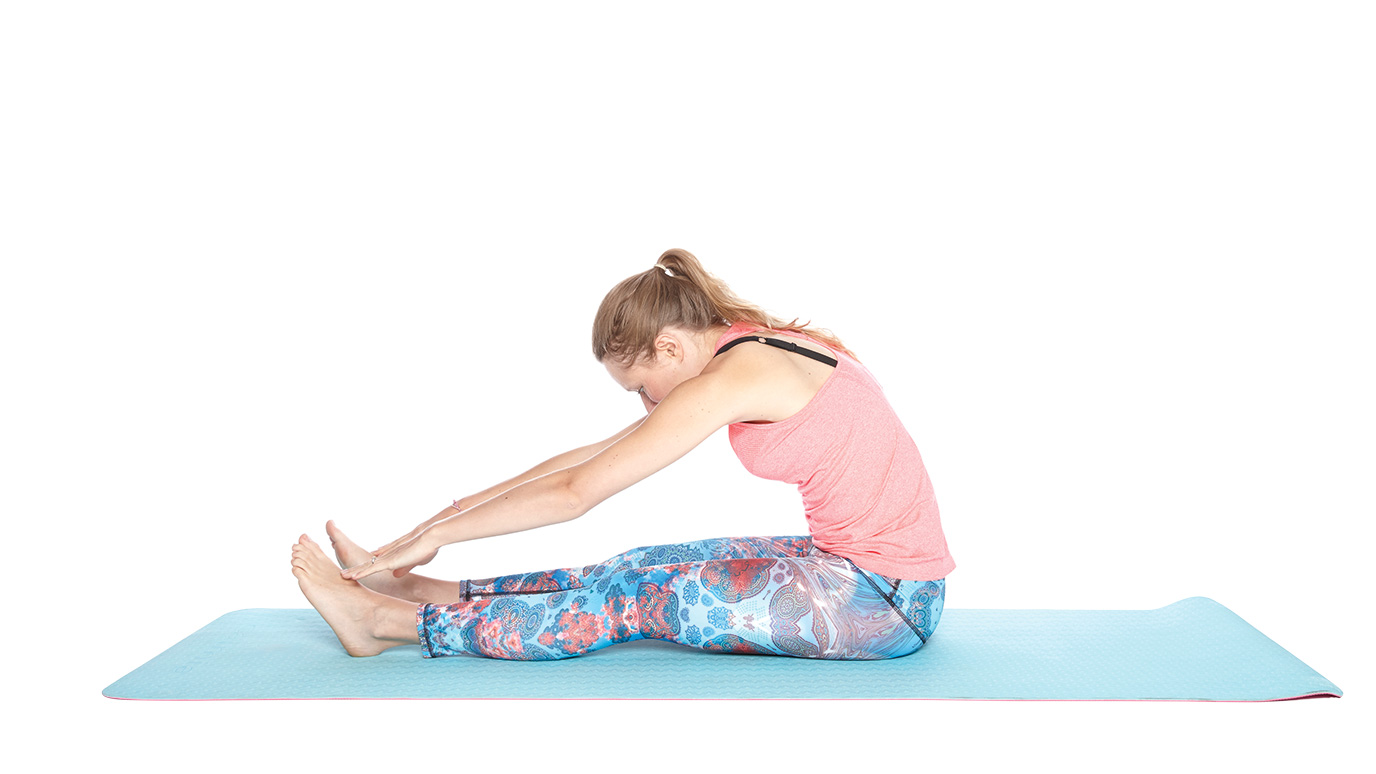
3. Forward Bend
Sit with your arms up, lengthening spine and lifting chest. Exhale, bend forward from hips with a straight back and rest hands on legs. Repeat and hold, breathing deeply.

4. Downward dog
Start on all fours with knees and feet hip-width apart and hands slightly in front of shoulders. Inhale and press palms down. Exhale and lift hips up and back, pressing chest gently back towards knees. Hold and breathe deeply, keeping knees slightly bent.
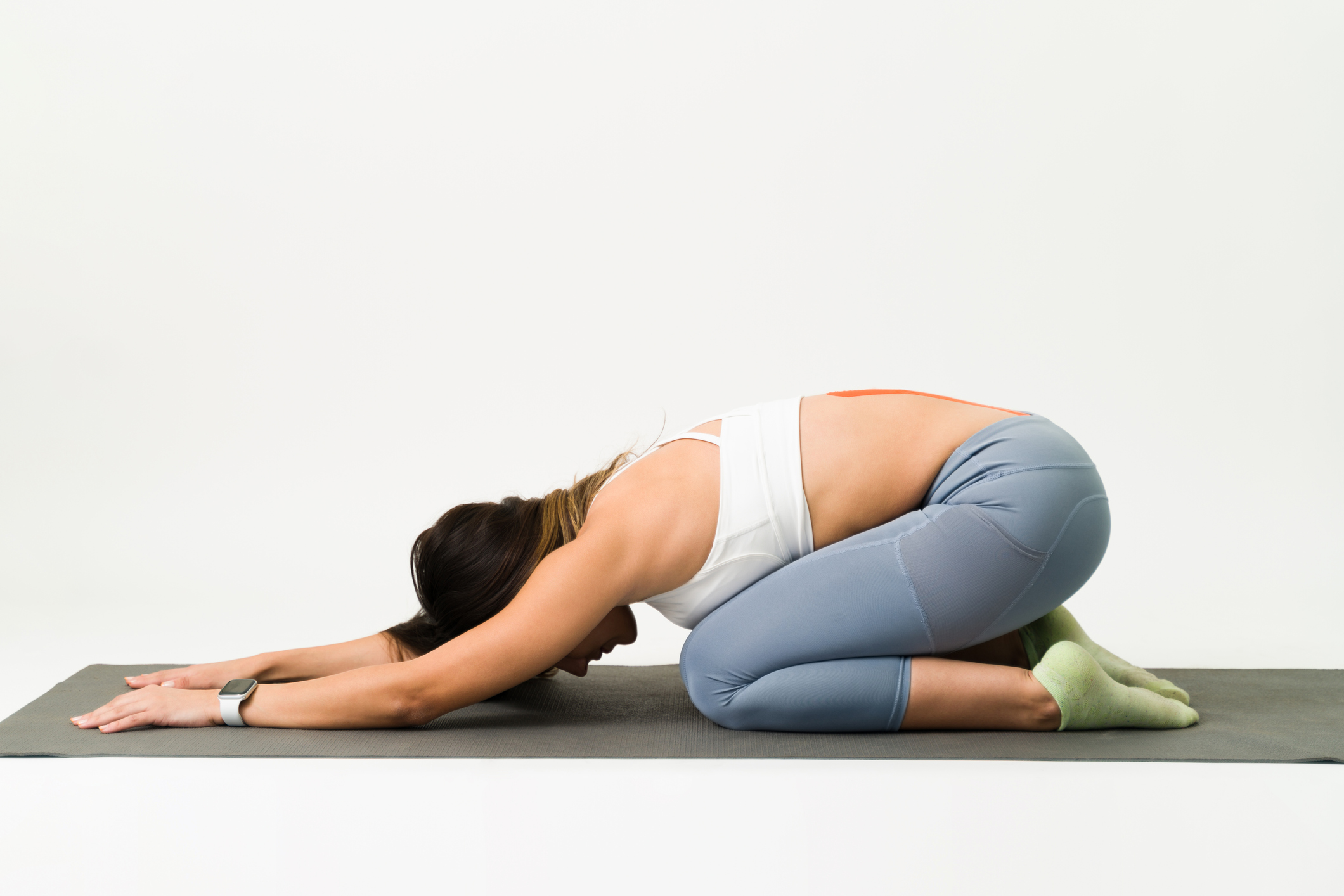
5. Child's Pose
From Downward Dog, pull your bottom back to your heels. Place your head on the floor, arms extended beside your ears. Exhale as you lower down and go into child’s pose. If your hips are stretching slightly, hold and continue breathing deeply and steadily.
The challenge
- Day 1: Downward dog 1 (2x 5 seconds, with Child's Pose in between), Spinal twist 1 (10 seconds each way).
- Day 2: Forward bend (10 seconds), Spinal twist 1 (10 seconds each way).
- Day 3: Downward dog 1 (2x 5 seconds), Spinal twist 1 (10 seconds each way). Forward bend (10 seconds).
- Day 4: Downward dog 1 (2x 5 seconds), Spinal twist 1 (10 seconds each way).
- Day 5: Forward bend (15 seconds), Downward dog 1 (2x 5 seconds). Spinal twist 1 (10 seconds each way).
- Day 6: Forward bend (20 seconds). Spinal twist 1 (15 seconds each way).
- Day 7: Downward dog 1 (15 seconds). Spinal twist 1 (15 seconds each way). Forward bend (20 seconds).
- Day 8: Downward dog 1 (20 seconds). Spinal twist 1 (15 seconds each way).
- Day 9: Downward dog 1 (25 seconds). Spinal twist 1 (15 seconds each way). Forward bend (25 seconds).
- Day 10: Day off.
- Day 11: Downward dog 2 (25 seconds). Spinal twist 1 (20 seconds each way). Forward bend (30 seconds).
- Day 12: Downward dog 2 (30 seconds). Forward bend (30 seconds).
- Day 13: Downward dog 2 (30 seconds). Spinal twist 2 (20 seconds each way). Forward bend (35 seconds).
- Day 14: Downward dog 2 (20 seconds). Spinal twist 2 (20 seconds each way). Forward bend (40 seconds).
- Day 15: Day off.
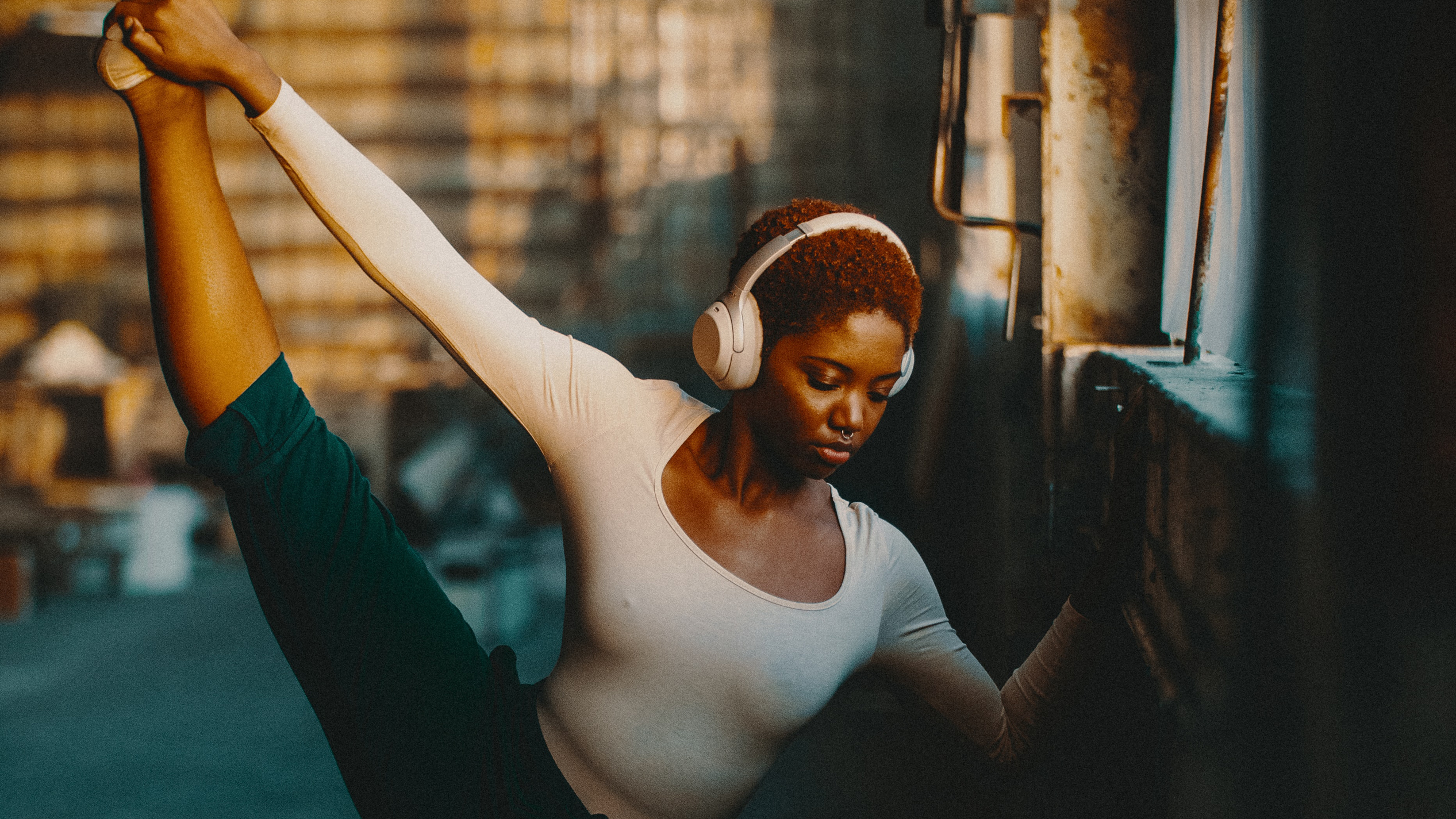
- Day 16: Downward dog 2 (40 seconds). Spinal twist 2 (30 seconds each way). Forward bend (45 seconds).
- Day 17: Downward dog 2 (40 seconds). Spinal twist 2 (30 seconds each way). Forward bend (45 seconds).
- Day 18: Downward dog 2 (45 seconds). Forward bend (50 seconds).
- Day 19: Downward dog 2 (50 seconds). Spinal twist 2 (30 seconds each way). Forward bend (50 seconds).
- Day 20: Day off.
- Day 21: Downward dog 2 (60 seconds). Spinal twist 2 (30 seconds each way). Forward bend (60 seconds).
- Day 22: Downward dog 2 (60 seconds). Forward bend (60 seconds).
- Day 23: Downward dog 2 (60 seconds). Spinal twist 2 (30 seconds each way). Forward bend (60 seconds).
- Day 24: Spinal twist 2 (30 seconds each way). Forward bend (75 seconds).
- Day 25: Downward dog 3 (60 seconds). Spinal twist 3 (25 seconds each way). Forward bend (75 seconds).
- Day 26: Downward dog 3 (75 seconds). Spinal twist 3 (45 seconds each way). Forward bend (80 seconds).
- Day 27: Downward dog 3 (75 seconds). Spinal twist 3 (45 seconds each way). Forward bend (90 seconds).
- Day 28: Downward dog 3 (75 seconds). Spinal twist 3 (45 seconds each way). Forward bend (100 seconds).
- Day 29: Downward dog 3 (90 seconds).Spinal twist 3 (45 seconds each way). Forward bend (120 seconds).
- Day 30: Downward dog 3 (90 seconds). Spinal twist 3 (45 seconds each way). Forward bend (120 seconds).
Matt Evans is an experienced health and fitness journalist and is currently Fitness and Wellbeing Editor at TechRadar, covering all things exercise and nutrition on Fit&Well's tech-focused sister site. Matt originally discovered exercise through martial arts: he holds a black belt in Karate and remains a keen runner, gym-goer, and infrequent yogi. His top fitness tip? Stretch.
